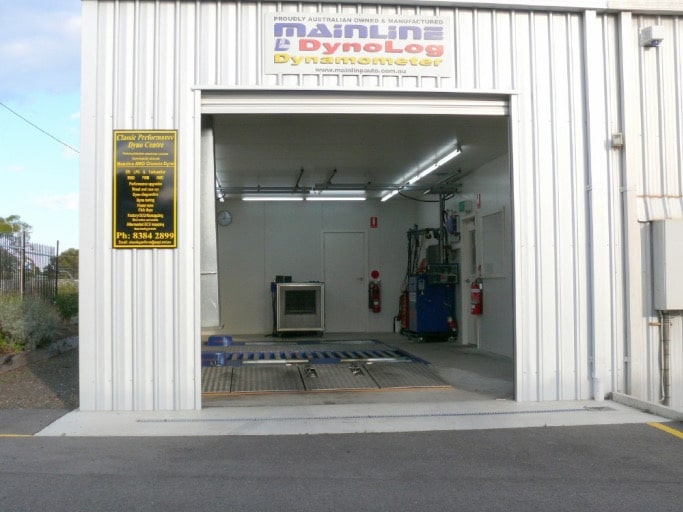Month: May 2022
How to Buy a Backpack
May 26, 2022
Shopping for a new backpack may seem straightforward, yet you most likely will buy the wrong one. There are so many factors to consider when purchasing a backpack, from style to capacity to price.
Is It Time to Replace Your Backpack?
Before you start shopping for a new backpack, it’s important to figure out whether or not you need one. Here are a few signs that it might be time to replace your current backpack:
- The straps are ripped or fraying.
- The zippers are broken or constantly getting stuck.
- There are holes or tears in the fabric.
- The bag is no longer the right size for you.
- It’s uncomfortable to wear.
If your backpack shows any of these signs, it’s probably time for an upgrade.
How to Choose the Right Backpack?
 Now that you know you need a new backpack, it’s time to start shopping! But before you head to the store (or go online), you should keep a few things in mind to make sure you choose the right backpack.
Now that you know you need a new backpack, it’s time to start shopping! But before you head to the store (or go online), you should keep a few things in mind to make sure you choose the right backpack.
Size
First and foremost, you need to make sure the backpack is the right size. If it’s too small, it won’t be able to fit all of your belongings. And if it’s too big, it will be bulky and uncomfortable to carry.
Type
First, decide what type of Outdoor Play backpacks you need. Do you need a backpack for school or work? For travel? For hiking or camping? There are different backpacks designed for specific purposes, so it’s important to choose the right one. Your options include:
School backpacks: These come in various sizes, from small to large. They typically have multiple compartments for holding textbooks, notebooks, and other school supplies.
Work backpacks are usually larger than school backpacks and have more compartments for holding laptops, documents, and other work-related items.
Travel backpacks: These are designed to be lightweight and easy to carry. They often have compartments for organizing clothes, shoes, and toiletries.
Hiking/camping backpacks: These are the largest type of backpacks. They’re designed to hold all the gear you need for a hike or camping trip, including a tent, sleeping bag, and food.
Style
The next thing to consider is style. Do you want a backpack with one large compartment or multiple smaller compartments? Do you want a backpack with many pockets or just a few? There are so many different styles of backpacks to choose from, so it’s important to pick the right one for your needs.
Capacity
Another important factor to consider is capacity. How much stuff do you need to carry around? Be sure to choose a backpack with enough space for all your belongings. If you only need to carry a few items, a small backpack will suffice. But if you need to carry textbooks, a laptop, and other supplies, you’ll need a larger backpack.
Brand
You’ll want to consider the brand. There are many different backpack brands on the market, so it’s important to do your research and choose a reputable one. Read reviews online to see what others say about the backpack brands you’re considering.
Be wary of fake reviews, though. Some companies hire people to write positive reviews about their products. It may sound burdensome, but you’ll benefit from researching the company behind the product. That should be a red flag if you don’t see a significant online presence. Also, take a look at the company’s return policy. A good company will have a no-questions-asked return policy.
Price
You’ll want to consider the price. Backpacks can range in price from $20 to $200 or more. It’s important to find a backpack that’s within your budget. But don’t sacrifice quality for the price.
You may also get your hands on high-quality yet cheap backpacks if you know where to look. The key is being patient – don’t buy the first one that interests you.
When shopping for backpacks, you do it like when buying everything else. This means you do comparison shopping. That’s the best way to find good deals.
There are a lot of online stores that specialize in selling backpacks, so you should have no problem finding what you’re looking for.
With so many different factors to consider, it’s no wonder shopping for a new backpack can be overwhelming. But if you take the time to figure out what you need, you’ll be sure to find the perfect backpack for your needs.
Now that you know how to buy a backpack put these tips into practice and shop for your new backpack today!
How to Get the Most Out of a Dyno Tune
May 23, 2022
A dyno tune is tuning your vehicle’s engine to optimise its performance and fuel economy. The process involves adjusting the air/fuel mixture, ignition timing, and other engine parameters to achieve the best possible balance of power and efficiency.

Dyno tuning can be done with either a chassis dyno or an engine dyno. Chassis dynos measure the power output of your vehicle’s wheels, while engine dynos measure the power output of your engine.
There are several benefits to Dyno tune Adelaide your vehicle:
1. Improve performance
Dyno tuning can improve your vehicle’s performance by optimising the air/fuel mixture and ignition timing. This can result in increased power and torque, improved fuel economy, and reduced emissions.
2. Optimise Fuel Economy
Dyno tuning can help optimise your vehicle’s fuel economy by adjusting the air/fuel mixture and other engine parameters. This can lead to significant savings at the pump over time.
3. Reduce Emissions
Dyno tune Adelaide can reduce the emissions output of your vehicle by optimising the air/fuel mixture and other engine parameters. This can help to protect the environment and improve air quality.
4. Increase reliability
Dyno tune Adelaide can help increase the reliability of your vehicle by ensuring that the engine is running at its optimal performance level. This can help avoid potential engine damage and reduce the need for repairs over time.
5. Improve Driveability
Dyno tuning can improve the driveability of your vehicle by optimising the air/fuel mixture and other engine parameters. This can lead to smoother acceleration, improved throttle response, and reduced engine noise.
Getting a dyno tune for your car is a great way to increase performance without spending hours tuning it yourself. A dyno can show you if your engine has been optimised by improving horsepower and torque. It can also help with drivability. It is best to try tuning on higher-octane fuel to see if the fuel or the piping causes the problem.
Before you invest in performance work or upgrades, it is good to have a dyno-tuned car first. This way, you’ll know whether the modifications you’re planning on making have improved the performance of your car. This way, you can avoid unnecessary repairs and maintenance down the road. Dyno tuning can help you increase acceleration, boost fuel efficiency, and extend the life of your engine. It is worth every penny to get a dyno tune.
A dyno tune costs approximately $400. However, you may need more than one dyno run before getting the best results. A single diagnostic run on a dyno can cost up to $400, so it’s important to keep this in mind when deciding whether or not to get a dyno tune for your car. In addition to the cost, you should also consider your budget.
The process is simple. The technician will thoroughly inspect your car and interview you about your car’s performance. He will also check the compression and visual inspection of your engine. The technician will then determine the optimal heat range for your car. A dyno tune can improve your car’s power potential by a few percent, but it may not be enough. To get the most out of a dyno tuning session, you should have these resources ready:
Ideally, you should have a full tank of gas. You should use the fuel recommended by the tuner. Make sure you have a clean air filter and don’t over-oil it. You should also ensure that you have adequate tread depth on your tyres. You should have similar tread depth on all the drive wheels. Full-slick tyres are not recommended if your car is already a high-performance vehicle.
Dyno tuning is a great way to increase your vehicle’s power and performance. The process simulates real-world driving conditions and helps you maximise your car’s efficiency and performance. You can improve fuel economy, get better gas mileage, and eliminate many common vehicle problems. When you get a dyno tune, you’ll be driving a car with greater horsepower and efficiency and get the best possible performance for your money.
A dyno tune can increase horsepower by 10% or more on an average car. In the case of a naturally aspirated vehicle, you can gain anywhere from 5% to 15%. This is because the conservative software settings in the factory ECU are already included in the power settings. A dyno tune can increase horsepower by 50 percent or more if you add performance parts. The potential is endless with a dyno tune.
Make sure you have good quality tires before your dyno session. Performance tires have wide contact areas and are designed to give you traction. Using poor quality rubber on a dyno run can lead to a flat tire, which can be extremely dangerous. Also, don’t forget to get new shoes. And don’t forget to take the car to the dyno with a fresh set of tires!
An EPA-certified technician will install a modified V-8 onto a chassis to measure horsepower and torque. EPA emission requirements are covered during these courses. Dyno tuning also helps improve the roll-on acceleration and gas mileage. In addition, you’ll learn about different performance accessories and a five-gas analyser. You’ll be amazed at the difference between a dyno tune and a standard tune.